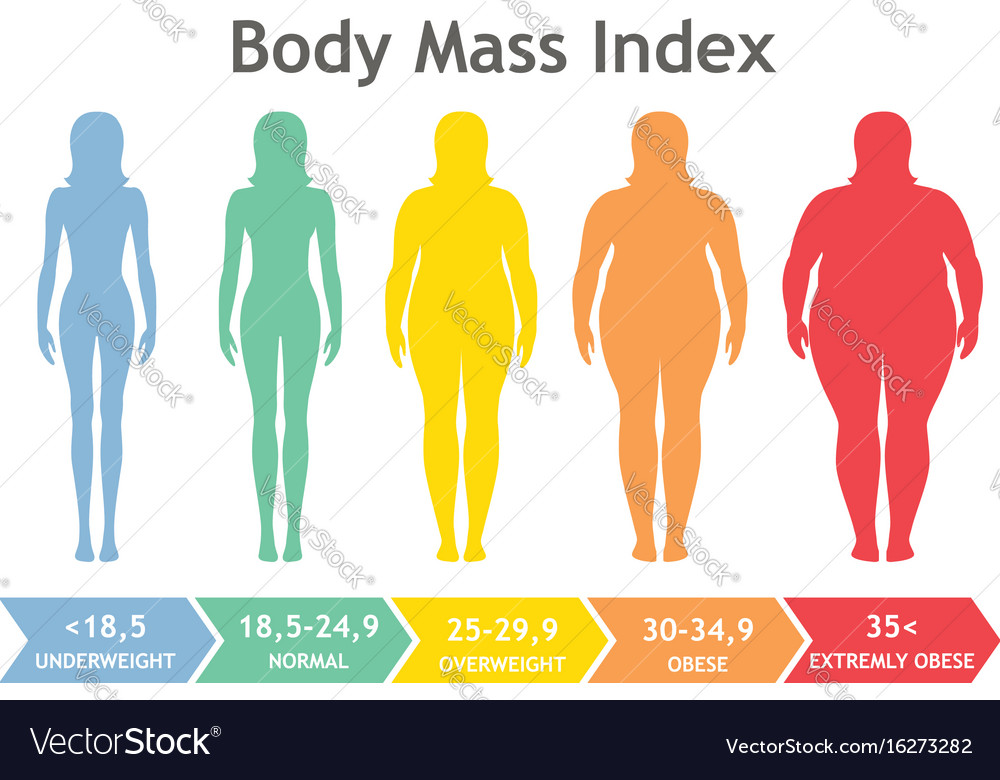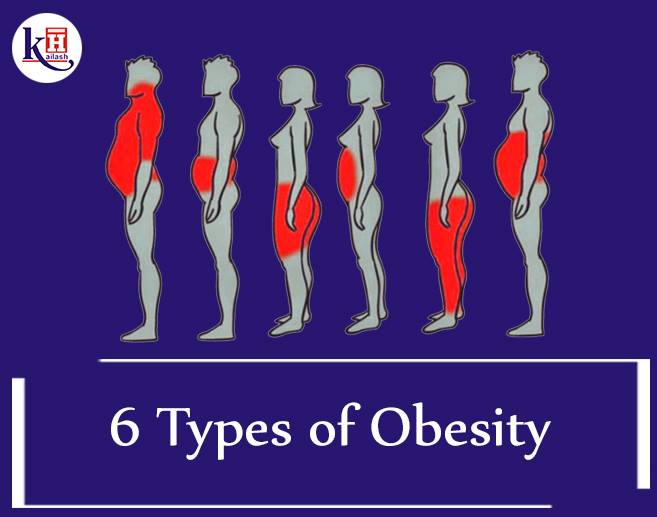
There are different types of obesity. While both of these subtypes are related to higher BMI, the primary difference is the distribution of body fat. Central obesity affects a person’s entire body and affects most of its organs. It is more difficult to control and cannot be reversed. However, there are treatments that are available for each type of obesity. These are discussed below. Understanding the differences between the two types of obesity is important for directing treatment.
The World Health Organization has a technical report on the subject that details the different types of obesity. In addition to this, the World Health Organization has an online database of articles and research. An overview of obesity is available on the World Wide Web. For more information, consult the Encyclopedia of Obesity or Keller’s Encyclopedia of Obesity. These publications will help you determine which type of obesity you are experiencing. You can find out more about the various types of obesity by reading more about them.
A recent study published in the Journal of Clinical Nutrition and Metabolism found that there are six main types of obesity. Each type would benefit from a different type of treatment. Researchers analyzed data from 4,000 adults who were overweight or obese. These categories may help tailor interventions and treatments to the needs of each type of individual. There are a variety of treatment options for each type of obese individuals, but the best way to manage this condition is to consult a doctor.
The differences between these types of obesity are largely based on BMI and visceral fat. Each subtype is associated with a higher risk of cardiometabolic disease. People with higher levels of obesity have lower levels of grey matter in their brains, which suggests a compromised mental state. An additional study used genetic data from 336,000 individuals in the UK Biobank to identify a link between high blood pressure and stroke.
The definition of obesity is a complex one, with more than one type of the disease. There are a number of different types of obesity, but the general definition is not sufficient to describe all of them. The differences between the two kinds of obesity are often similar, but the treatments they receive should be adapted for the specific type. This is especially true in cases of children and adolescents. They should be treated as such. They must also follow the same guidelines as adults.

The six types of obesity have different body mass indexes. Each type is associated with different types of visceral fat. The different types of obesity are linked to different risk factors of cardiometabolic disease. Each type of obesity has a different risk of developing dementia. The differences between the two types are similar in the risk of diabetes. It is important to understand the differences between these types of obesity. Aside from being a risk factor for heart disease and stroke, all three types are serious conditions and should be treated accordingly.
There are three main types of obesity. Distinguish between general obesity and central obesity. The three types of obesity are similar in their risk of cardiovascular disease. Each type has the same risk of dying from cardiovascular disease. In addition, each type has a different prevalence. The prevalence of each type of obesity will be different. There are also a number of risk factors associated with each type of obesity. All of these factors can influence the risk of heart failure and stroke, the site cautions https://handaldok.com/.
Experts disagree on the number of types of obesity. The classification of these groups is based on the percentage of body fat in each group. Some are taller than others. The difference in visceral fat is significant. The more severe types have a greater risk of heart disease and diabetes. A more advanced type of obesity is associated with an increased risk of dementia and other chronic conditions. For example, people at high risk of obesity are more likely to develop cardiovascular disease than people at low risk.
Some researchers view obesity as a spectrum of different types. While most people are prone to obesity, others are at a higher risk of developing type II. Some people are considered "obese" when their body fat percentage is higher than normal. For this reason, they are usually considered obese if they are not physically active. In addition, the symptoms of obesity vary from person to person. It is important to determine the type of each of these types of obesity before starting the treatment process.